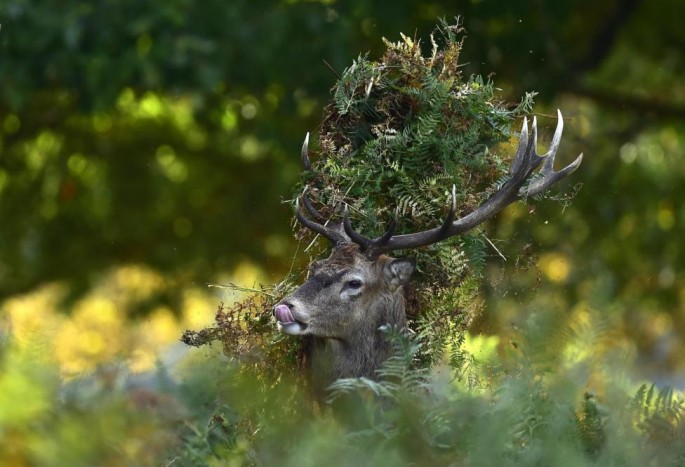Reuters has issued a worldwide ban on freelance photographers submitting images in the RAW photo format, and will now only allow pictures captured in the camera as Joint Photographic Experts Group (JPEG) pics. The international news agency explained one reason is that a photographer must spend valuable time to process RAW images, and it also wants to publish photos that represent "reality."
A Reuters spokesperson told PetaPixel that Reuters Pictures photographers are working for the biggest worldwide multi-media news agency. Thus, they must follow the company's photography and ethics standards when snapping photos.
The company wants its images to have top aesthetic value. However, it also requires the photographs to report the news instead of interpreting it.
Reuters has banned both RAW and Canon RAW 2 (CR2) formats. In addition, it wants its freelance photographers to send JPEGs with little processing such as cropping.
During the past couple of years the issue of photo processing has been a hot topic. The idea is that like written journalism, photojournalism should report facts.
However, the RAW digital photo format allows much post-processing of the image sensor-collected data. Small changes can be made without it appearing like an edited photo.
At the 2014 World Press Photo competition, 1 in 5 finalists were disqualified after their submitted photo was compared with the original, and Reuters wants to avoid such risks, according to ArsTechnica. That is why it made the big change.
However, some critics are surprised by Reuters' policy change. RAW images are not compressed, have a dynamic range up to twice as high as JPEGs (8 bits per pixel), and are simpler to color correct, according to Engadget.
Reuters was founded in 1851 by Paul Julius Reuter and first reported commercial news. It is headquartered in London.



























